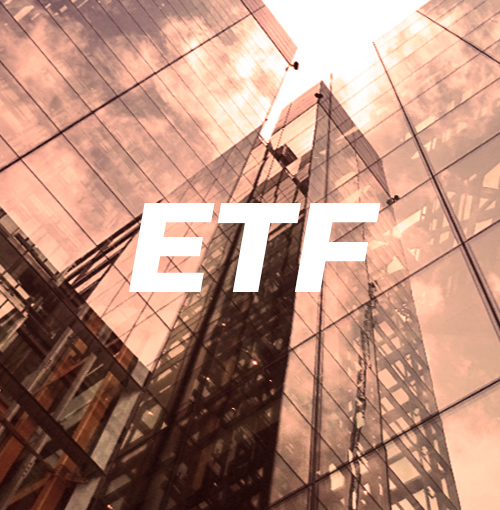
Understanding High-Risk, High-Return Aggressive Growth Funds
In the constantly fluctuating world of investments, aggressive growth funds present an audacious yet enticing proposal. Known for their capacity to deliver exceptional returns, they are a prime choice for those unafraid of embracing risk in the pursuit of substantial capital gains. This article seeks to demystify aggressive growth funds, provide examples of such investments, and contrast them with their conservative counterparts.
Exploring the Terrain of Aggressive Growth Funds
Aggressive growth funds, as their name suggests, are investment vehicles that embody audacity and the promise of significant capital appreciation. These funds are primarily composed of stocks from growth-focused companies, particularly those that are new to the scene or operate within burgeoning sectors of the economy. Investors attracted to these funds are often those who desire above-average returns and are comfortable with assuming a higher risk in their investment portfolio.
Aggressive growth funds set themselves apart by aiming for the stars. They identify and invest in companies that not only demonstrate growth potential but do so at an amplified level compared to the broader growth stock market. The premise is to anticipate and invest in multiple growth phases, making these funds inherently riskier due to their dependence on forward-looking assumptions.
While these funds do not fit snugly into any conventional category reported by mutual fund researchers, they can often be found under labels such as 'aggressive growth fund', 'capital appreciation fund', or 'capital gain fund'. Their primary objective is the pursuit of superior capital gains.
Tip: Always look for funds that have consistently demonstrated superior performance over the long term. It indicates a successful investment strategy.
Important: Aggressive growth funds aren't always easy to identify, as they do not neatly fit into conventional categories outlined by mutual fund research providers.
Balancing Risk and Reward in Aggressive Growth Funds
The rollercoaster ride associated with aggressive growth funds necessitates a keen understanding of their risk dynamics. Key metrics like beta, Sharpe ratio, and standard deviation can provide crucial insights into a fund’s risk profile. It is advisable for investors to compare these metrics with a relevant benchmark, such as the Russell 3000 Growth Index, to gain a comprehensive understanding of the fund's potential risks.
Investora recommends that investors should exercise due diligence, especially given the inherent high-risk, high-return nature of aggressive growth funds. Some of these funds may employ alternative investing strategies involving derivatives, making it critical for investors to have a thorough understanding of their investments and investment strategies.
Remember:
Aggressive growth funds, due to their high-risk, high-return nature, require a deep understanding of risk dynamics.
Risk metrics such as beta, Sharpe ratio, and standard deviation can provide key insights into the fund's risk profile.
It's important to compare these metrics with a relevant benchmark for comprehensive risk understanding.
Some aggressive growth funds employ alternative investing strategies, which may include derivatives.
Spotlight on an Aggressive Growth Fund
An excellent representation of an aggressive growth fund is the Imaginative Growth Fund (Ticker: IMGX), available to retail and institutional investors alike. As of March 2023, the fund managed $6.8 billion in assets with a year-to-date return of -6.2%, compared to a -7.55% return for its benchmark Russell 3000 Growth Index. The fund's beta is 0.75, indicating a higher level of risk compared to the market. Its Sharpe Ratio is -0.41, while its standard deviation is 16.07, both confirming the high-risk, high-reward proposition. Owing to its active management style, it carries an expense ratio of 1.21%.
Fact: Past performance is not a guarantee of future results. It's important to align your choice of fund with your investment objectives and risk tolerance.
- An aggressive growth fund is an excellent option for both retail and institutional investors.
- These funds often bear a higher level of risk compared to the broader market.
- An active management style is commonly observed in these funds.
- The expense ratio is a key consideration due to the active management involved in these funds.
A Glimpse at the Other Side: Conservative Growth
Opposite the adrenaline-pumping landscape of aggressive growth is the serene terrain of conservative growth. This investment strategy pursues a slow and steady approach, making it a popular choice for long-term investors seeking wealth preservation while also capitalizing on select high-growth opportunities in the market.
Unlike their aggressive counterparts, Conservative Growth Funds lean heavily on fixed income investments while dedicating a smaller proportion of their portfolio to growth or aggressive growth stocks.
Interesting Fact: Despite their focus on steady, long-term growth, conservative growth funds can still take advantage of selected high-growth opportunities in the market.
Summary
Aggressive growth funds represent a compelling avenue for those with a higher risk appetite, promising substantial capital appreciation. However, their volatility necessitates a well-informed understanding of their risk profile. On the other hand, conservative growth funds offer a more measured approach to wealth accumulation, making them suitable for investors with a long-term horizon. The choice between the two ultimately depends on individual investment goals, risk tolerance, and time horizon.
- Share this article





